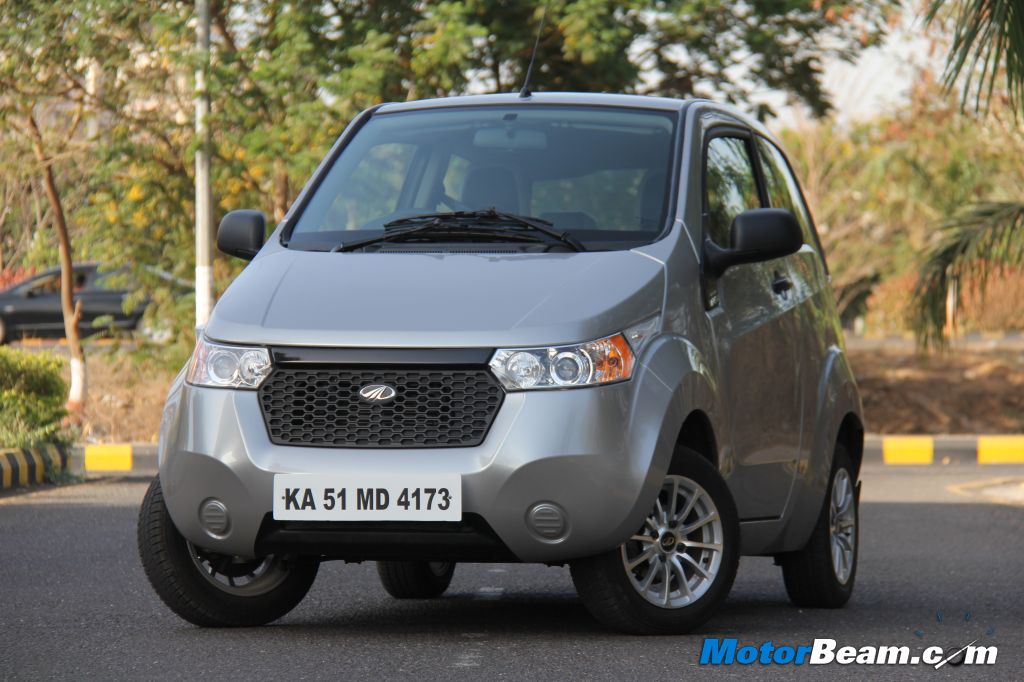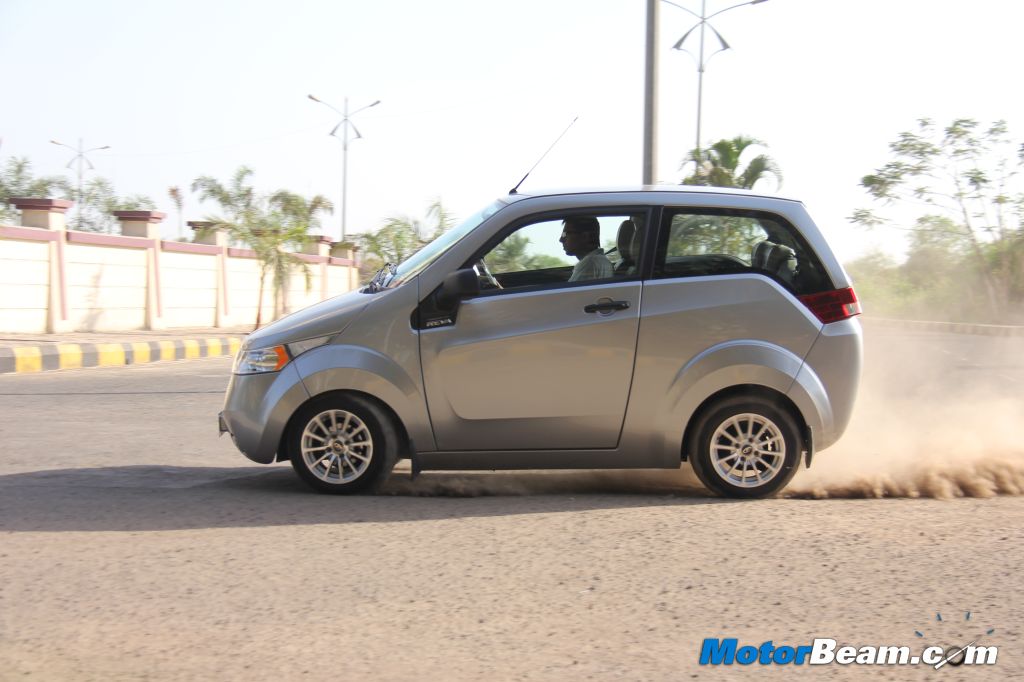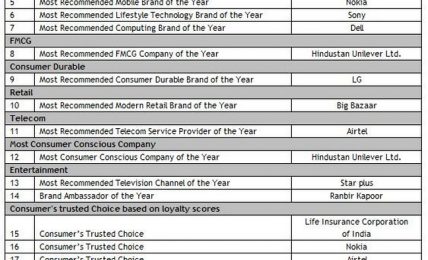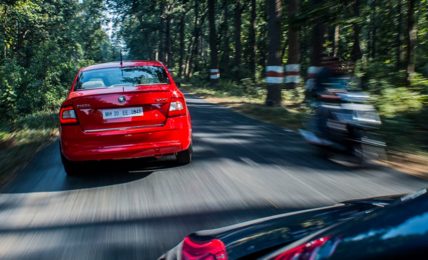With the rising cost of fuels like petrol and diesel as well the increased consumption of these fuels, air pollution and the money spent on running a vehicle has reached a new high. All this can be reduced by switching to electric vehicles. Then why don’t people do that? Two reasons, there are hardly any electric vehicles available on sale in our country and the only one which is available, i.e. the Mahindra e2o, is really expensive and people would rather buy a premium hatchback for that price. Due to their high prices and no subsidies available, most manufacturers are hesitant to launch their electric vehicles in India.
Our Government has finally come up with a solution to this problem, it is planning to subsidise electric vehicles under the National Electric Mobility Plan by April 2014. The policy was discussed much earlier by Prime Minister Manmohan Singh but it got stuck because of the slowdown in the economy. The Government is aiming to get a nod from the cabinet so that the subsidy benefits can be passed on to EV manufacturers from as soon as 1st April.
The Government has set around Rs. 12,000 crores for incentives which it intends to provide to the manufactures till 2020. This means average incentives of around Rs. 2000 crores every year. Currently talks are going on with the finance ministry to strategise how to distribute the incentives to the manufacturers.
A couple of years back the ministry had many discussions with various automakers to plan out a suitable incentive plan that would create some buzz in the EV market in India. Ambuj Sharma, Additional Secretary, Ministry of Heavy industries, said that if the electric vehicle market gets a boost, fuel of worth more than Rs. 40,000 crore could be saved. The amount of incentive to be provided to a manufacturer would depend on the total cost of ownership of the vehicle. This means that if a regular hatchback costs Rs. 5.5 lakhs and an electric hatchback costs Rs. 7 lakhs, the Government would offer around 35% incentive of the cost differential between the two vehicles.
Mahindra already has a capacity to produce 40,000 electric vehicles annually. Other automakers like Tata Motors and Maruti Suzuki are also designing hybrid as well as fully electric vehicles. Hybrid 2-wheelers are also being worked upon by manufacturers like Bajaj Auto and TVS. The Government aims at increasing the incentives after some years once the Indian economy improves.






